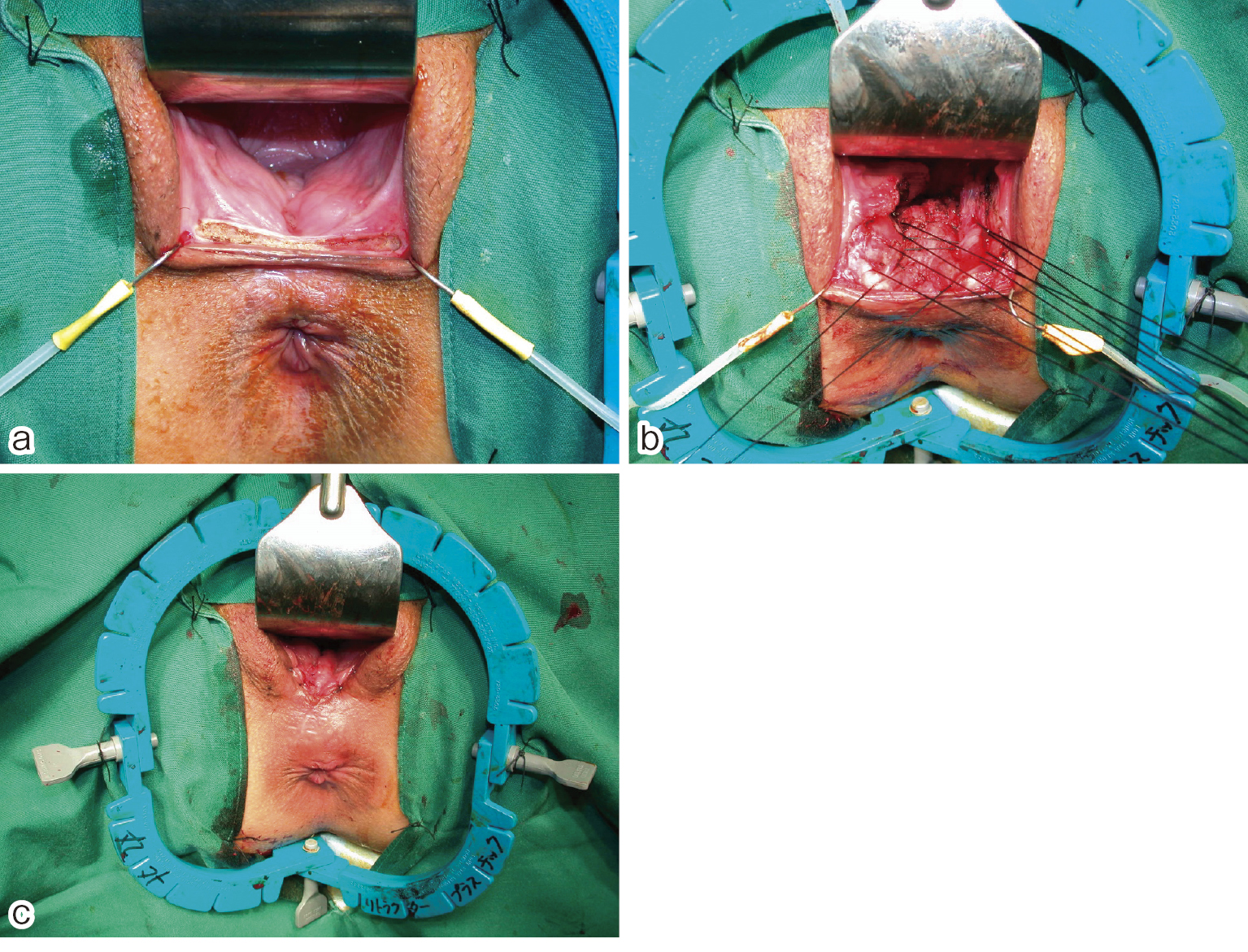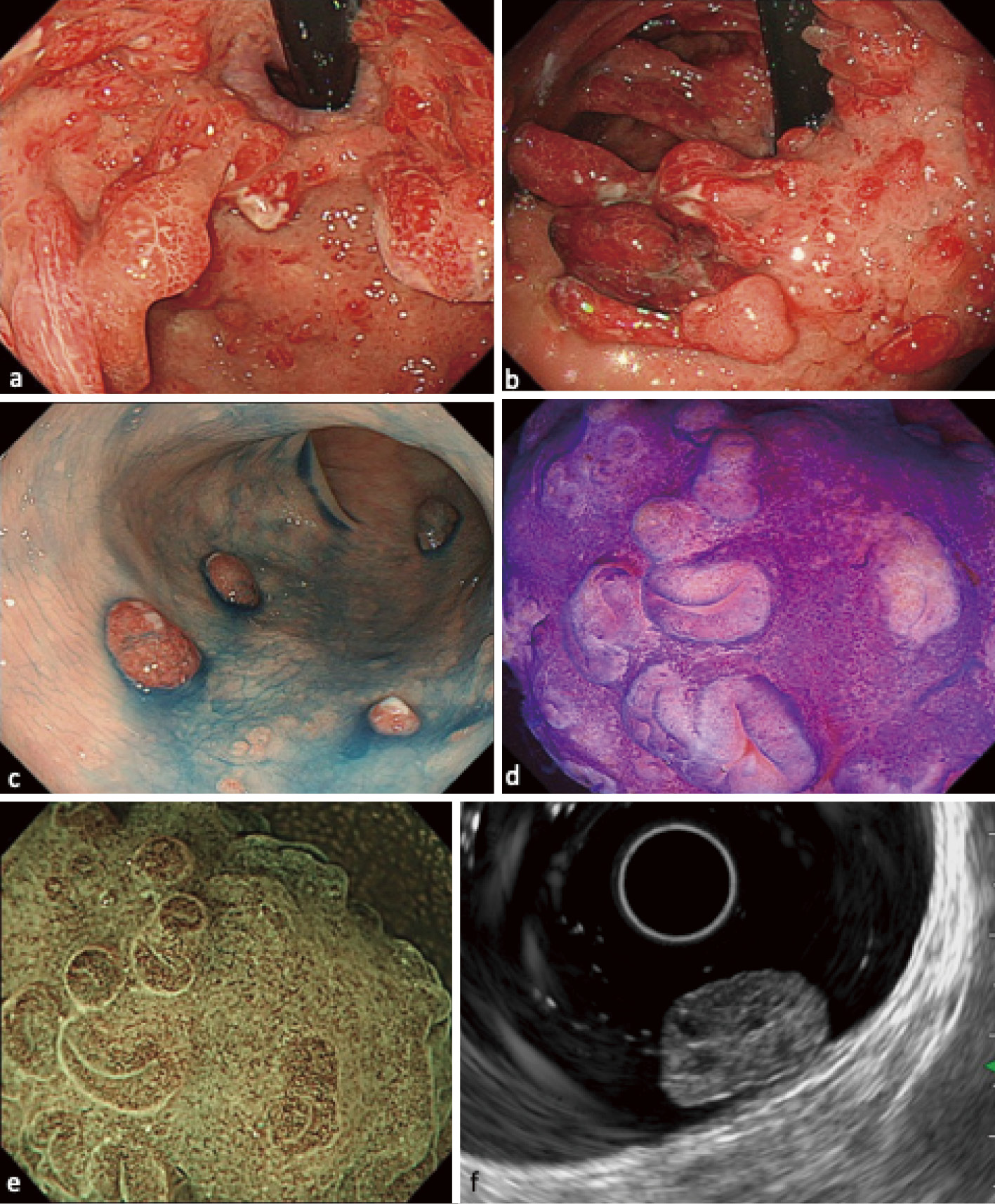Volume 7, Issue 2
Displaying 1-12 of 12 articles from this issue
- |<
- <
- 1
- >
- >|
Review Article
-
2023 Volume 7 Issue 2 Pages 38-51
Published: April 25, 2023
Released on J-STAGE: April 25, 2023
Download PDF (288K) -
2023 Volume 7 Issue 2 Pages 52-62
Published: April 25, 2023
Released on J-STAGE: April 25, 2023
Download PDF (506K)
Original Research Article
-
2023 Volume 7 Issue 2 Pages 63-73
Published: April 25, 2023
Released on J-STAGE: April 25, 2023
Download PDF (691K) -
2023 Volume 7 Issue 2 Pages 74-81
Published: April 25, 2023
Released on J-STAGE: April 25, 2023
Download PDF (652K) -
2023 Volume 7 Issue 2 Pages 82-90
Published: April 25, 2023
Released on J-STAGE: April 25, 2023
Download PDF (249K) -
2023 Volume 7 Issue 2 Pages 91-101
Published: April 25, 2023
Released on J-STAGE: April 25, 2023
Download PDF (585K) -
2023 Volume 7 Issue 2 Pages 102-108
Published: April 25, 2023
Released on J-STAGE: April 25, 2023
Download PDF (899K) -
2023 Volume 7 Issue 2 Pages 109-114
Published: April 25, 2023
Released on J-STAGE: April 25, 2023
Download PDF (625K)
Practice Guideline
-
2023 Volume 7 Issue 2 Pages 115-125
Published: April 25, 2023
Released on J-STAGE: April 25, 2023
Download PDF (553K)
Clinical Research
-
2023 Volume 7 Issue 2 Pages 126-134
Published: April 25, 2023
Released on J-STAGE: April 25, 2023
Download PDF (383K)
Case Report
-
2023 Volume 7 Issue 2 Pages 135-138
Published: April 25, 2023
Released on J-STAGE: April 25, 2023
Download PDF (949K)
Erratum
-
2023 Volume 7 Issue 2 Pages 139
Published: April 25, 2023
Released on J-STAGE: April 25, 2023
Download PDF (48K)
- |<
- <
- 1
- >
- >|











